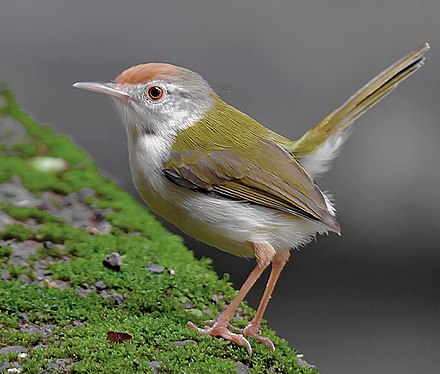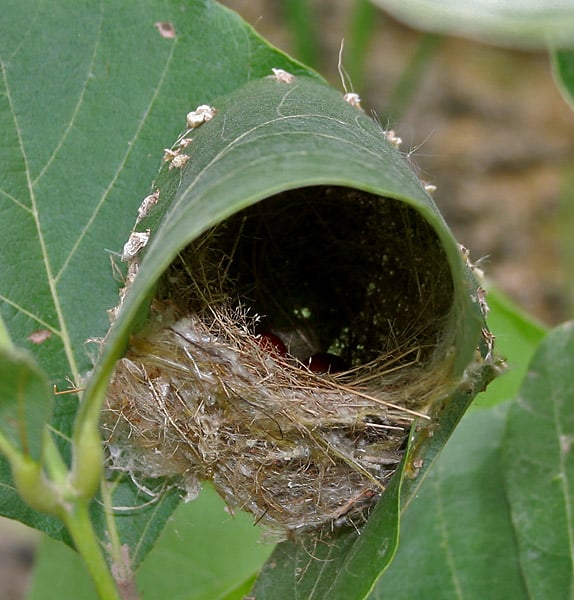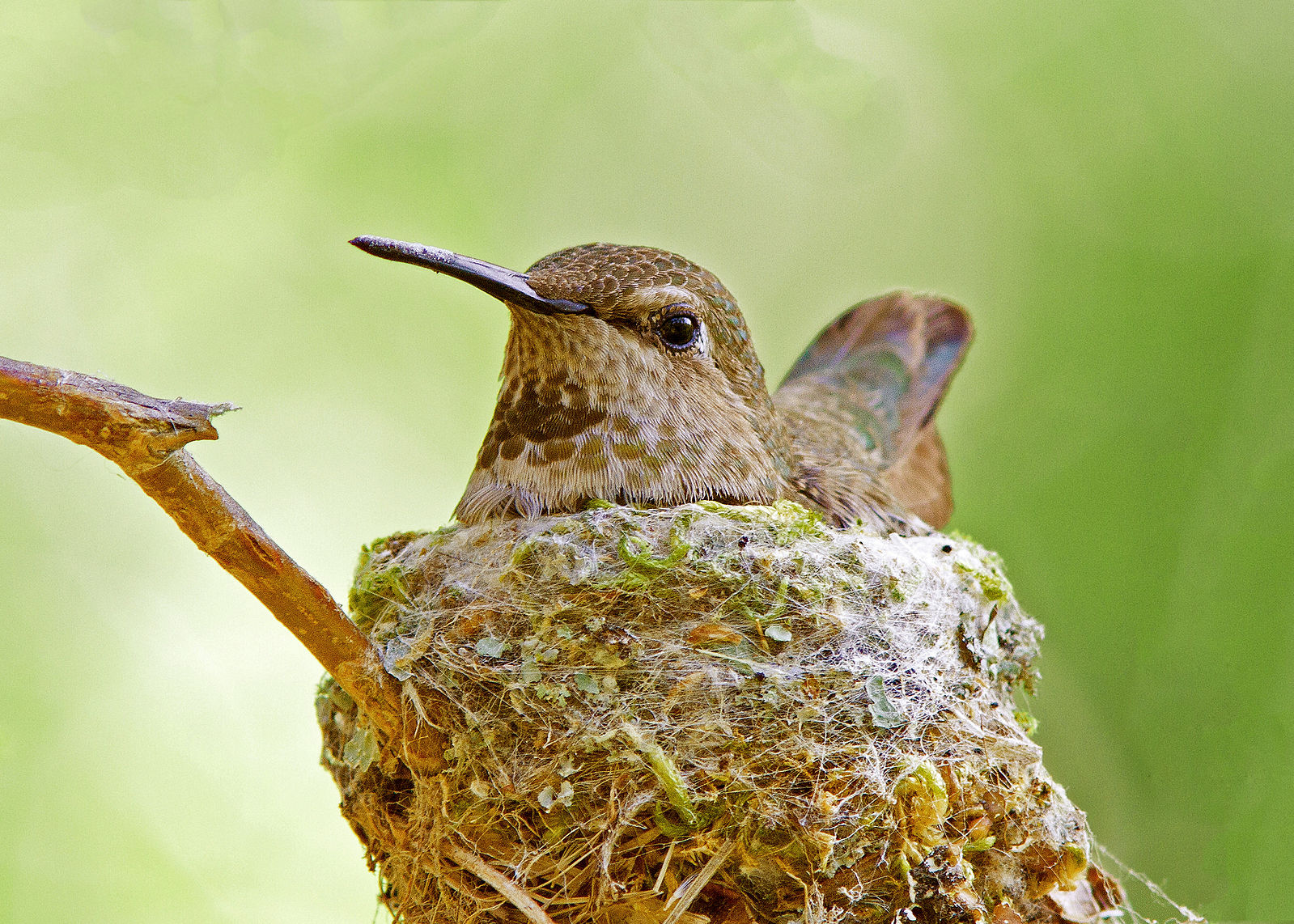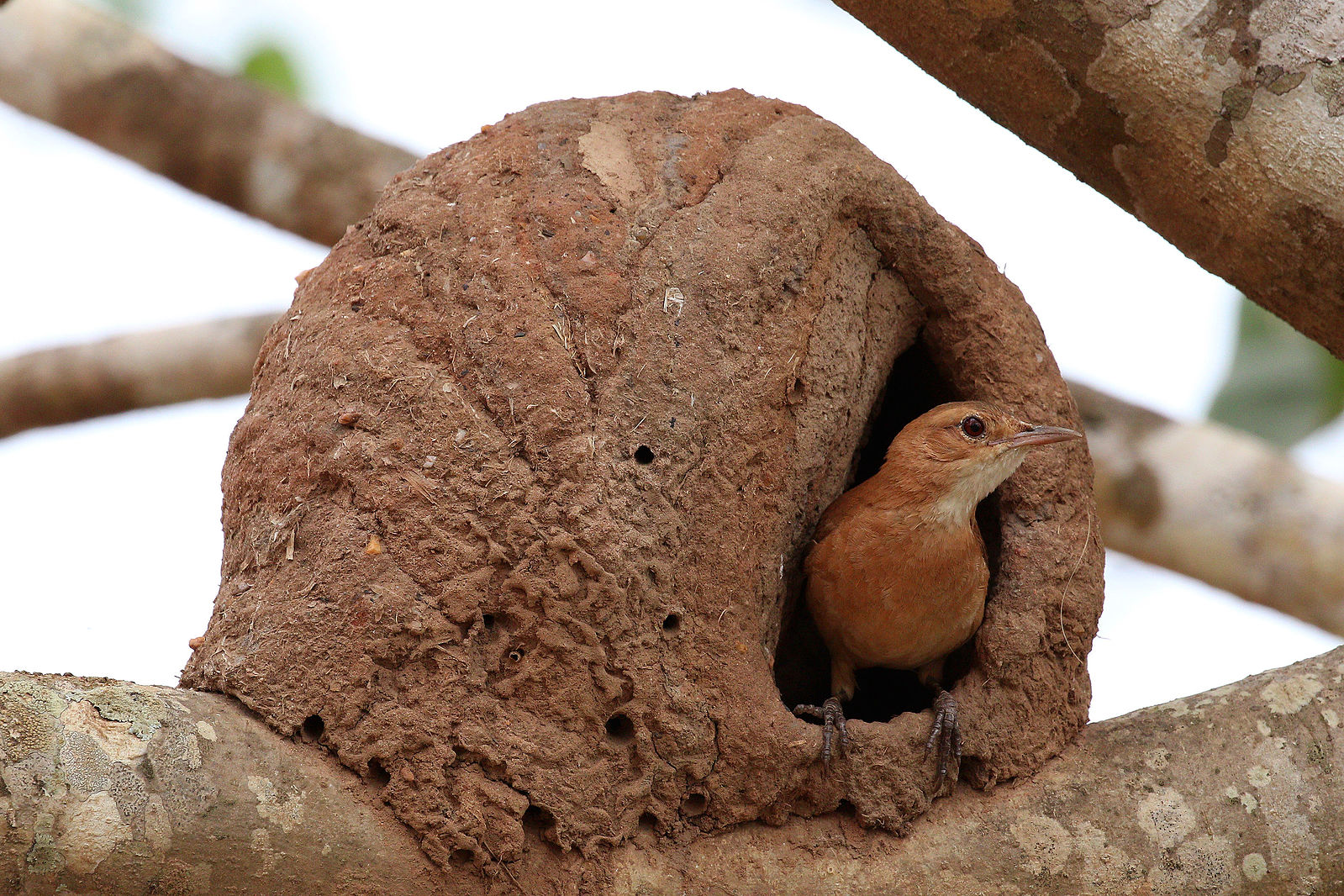
For most birds, nest-building entails creating a bowl-shaped receptacle of twigs and dry leaves. However, don't tell that to the common tailorbird (Orthotomus sutorius). The tiny birds, found in urban gardens across tropical ecosystems worldwide, go through extraordinary lengths to sew together a comfortable and safe home for their offspring.
The meticulous nest construction is a joint effort, with the females doing the stitching and the males fetching the material. The process begins with the female choosing a broad, durable, and supple leaf, preferably amid dense foliage and vegetation, to ensure the nest and eggs are camouflaged from predators. Upon finding the appropriate leaf, she wraps it around herself to ensure it is the right size, and adds an additional leaf or two if needed.

Then begins the fascinating process of sewing the nest together. The tiny seamstress holds the leaf (or leaves) with her feet and then uses her long and slender needle-shaped beak to pierce a series of holes along the edge. The tiny perforations are designed to ensure the leaf holds its shape and doesn't brown. The female then selects, from among the materials fetched by the male, the perfect thread to stitch the leaf or leaves into shape. These range from plant fibers (such as cotton or lint) to silk from insects (such as cobwebs or caterpillar cocoons).

Though the resulting structure may appear fragile to the human eye, each nest contains between 150 to 200 stitches, making it almost impossible for the leaf to unravel. The sutures, which act like rivets and hold the leaf edges together, give the nest the shape of a deep cup, which is then lined with soft material to provide insulation for the baby chicks. The nest opening is draped with more leaves to protect the young birds from monsoon rains and harsh sun.

Building the unique nests can take female tailorbirds anywhere from two to four days, depending on the setbacks encountered. These range from relatively minor ones, such as the "thread" breaking, to more catastrophic ones, such as leaf tears. In some cases, the issue can be easily resolved by selecting another thread or attaching a second leaf to the structure. However, if the damage is severe, the nest is abandoned and the arduous task restarted.

Tailorbirds are not the only avians who go through incredible lengths to build nests to protect their offspring. The industrious weaver birds braid grass leaves into intricate gourd-shaped nests, while the North American hummingbirds build their luxurious homes by binding together plant fibers, downy feathers, and animal hair with spider silk. The minimalist White Tern avoids building nests altogether, and instead lays its single egg on the knot or crook of a tree branch, while the South American ovenbirds use mud and manure to construct dome-shaped structures that resemble an old wood-fired oven.
Resources: birdlife.org, thainationalparks.com, thenhm.ac.uk
